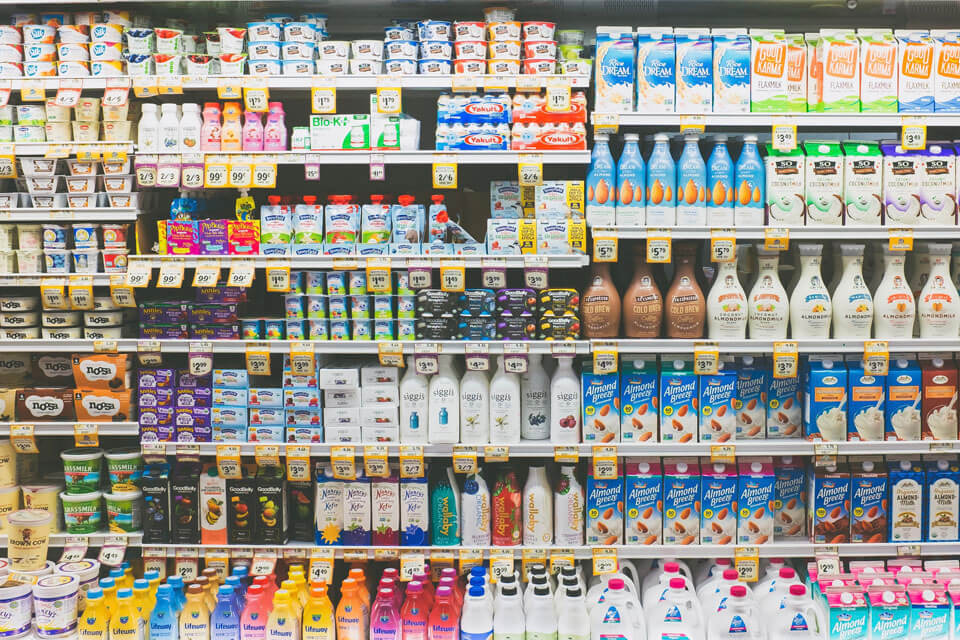
The development of airports and airlines to catch Vietnam’s aviation market
Vietnam is gaining popularity as a travel destination. According to TripAdvisor, Hanoi ranked 15th in the world’s 25 top tourist destination ranking in 2019. As stated in Japan Association of Travel Agents survey, Vietnam is ranked 5th among overseas travel destinations in the summer vacation selected by the Japanese.
On the back of the recent tourism boom, Vietnam’s aviation market has been growing rapidly. According to the Airport Council International (ACI), a non-profit organization representing the world’s airports, Vietnam is expected to be the fastest emerging aviation market in the world in 2017-2040 period. The rest of top 10 include India, Saudi Arabia, the United Arab Emirates, the Philippines, Indonesia, Colombia, Mexico, and Malaysia. Comparing to 2017, the number of passengers in 2018 is estimated at 106 million, increased by 12.9%. ACI also estimated passenger transport would grow by 7.8% annually until 2022.
Read More “The development of airports and airlines to catch Vietnam’s aviation market”

A rising trend on overseas treatment from Vietnam citizens
Vietnam’s healthcare factor is developing but there are still a lot of challenges.
According to GSO, their GDP per capita was increased to USD 2,587 in 2018, raised 8.3% over 2017. Along with that, Vietnam healthcare expenditure per capita has increased over the years, in 2016 it reached around USD 123, increased 5% comparing to 2015 and 38% compared to 2011. This expenditure also accounted for 5.66% of the GDP. Besides, up to May 2019, the number of people participating in public health insurance has reached a rate of 89% of the population, exceeding 2.2% over the Government’s goal. Those indexes may indicate that the citizens’ awareness of health has increased.
Read More “A rising trend on overseas treatment from Vietnam citizens”

Vietnam has perfect environment to develop cashless payment
There are various factors to believe that Vietnam has perfect environment for cashless payment to develop.
The first factor is the enthusiastic support from the Government as they signed a new policy to encourage cash-free transaction and reduce cash-based deals in the country to less than 10 percent of total market transactions by 2020. In keeping with the plan, at least 70% of water, electronics, and telecommunication service providers will be asked to accept cash-free payments from individuals and households. According to World Bank, in 2017, Vietnam has the lowest bank account ratio among ASEAN with 30.8% of the population aged 15 and above, this means cash still dominates as a payment option because it’s compulsory to own bank accounts to use the cashless payment methods in Vietnam. However, the Government expected this index will increase at least to 70% by the end of 2020. Besides, the end of the 1st quarter of 2019, there are 158 million bank cards issued, increased 16% compared with the 1st quarter of 2018 and more than twice the current population age 15 and up. From 2017 to 2018, transactions made through ATM grew 112% in volume terms to 879 million transactions while transactions via POS accelerated 138% to 208 million transactions.
Read More “Vietnam has perfect environment to develop cashless payment”

A dynamic cosmetics market in Vietnam
The market is quite potential, fast-growing and less occupied by domestic brands
The Vietnam cosmetic market is ranked 6th in the ASEAN region in terms of revenue according to Statista data. This year its revenue is estimated to amount to 341 mils. USD in the skincare segment and 102 mils. USD in the make-up segment. In the next 5 years, 2019-2023, these 2 segments are expected to grow annually by 2.9% and 6.1% respectively; predicting make-up segment to become the fastest growing in the region.

Positive prospect for investment on solar energy in Vietnam
Ambitious objectives for renewable energy capacity for Vietnam till 2030
Vietnam electricity demand is forecasted to surge to 572-632 billion kWh by 2030, an increase with CAGR 2021-2030 of around 8% – 8.5%. Even though Vietnam’s power production has been dominated by coal; hydropower and gas for many years, developing renewable energy is an undeniably important strategy for the country in the long-term. Read More “Positive prospect for investment on solar energy in Vietnam”

High growth yet challenging cloud computing market in Vietnam
Bright future for cloud computing
The market for cloud computing in Vietnam is growing fast. According to a report by Microsoft and Singapore National University announced in 2017, among ASEAN countries, Vietnam has the highest rate of increase in expenditure on Cloud with CAGR at 64,4% in the period 2010 – 2016, compared to the average 49% of the ASEAN region.
Read More “High growth yet challenging cloud computing market in Vietnam”

A landscape view on Vietnam e-commerce logistics market
Vietnam e-commerce market size is projected to reach $15 billion by 2025
According to the latest report by Google – Temasek in November 2018, Vietnam e-commerce market size in 2018 is $2.8 billion and is expected to reach $15 billion by 2025; with annual growth rate of 43% in period 2015 – 2025. In SEA region which has about 120 million e-commerce active users, Vietnam is the second fastest growing market, just behind Indonesia.
Read More “A landscape view on Vietnam e-commerce logistics market”

Explosion of Competition in Vietnam Convenience Store Market 2018
“180 Billion USD Market in 2020”
According to a forecast by the Trade Research Institute (Ministry of Industry and Trade), the retail trade average annual growth rate of Vietnam would reach 11.9% in 2016-2020 period reaching a market size of nearly 180 billion USD in 2020. In particular, the convenience store model is in fierce competition as domestic and foreign investors race to open chains, invest in technology, enhance services to find a firm foothold in the market.
Read More “Explosion of Competition in Vietnam Convenience Store Market 2018”

Cinema Industry in Vietnam
“Vietnam’s cinema industry is blossoming”
As living standard has been vastly improved, Vietnamese people are now willing to pay more for entertainment activities that were once considered luxurious. Among those, going to the cinemas emerges as a very popular opion to spend some free time on.
Taking advantage of this trend, cinema industry in Vietnam has made huge progress and are still on course of further development. In 2015, 39.6 million tickets worth 104 million USD were sold. It is expected that the figure will reach 200 million USD in 2020.

Dairy Market in Vietnam
“3800 tons of dairy products in 2050”
With higher income and better nutritional awareness, Vietnamese people have sustainably increased their purchase of dairy products. It is estimated that in 2050, each Vietnamese will consume 34 kilograms of milk and related variants per year, that multiplied by the total population of 112 million people then will result in a market size of 3,800 tons of dairy products.

